Computer networking refers to interconnected computing devices that can exchange data and share resources with each other. These networked devices use a system of rules, called communications protocols, to transmit information over physical or wireless technologies.
Computer Network Components
Computer networks components comprise both physical parts as well as the software required for installing computer networks, both at organizations and at home. The hardware components are the server, client, peer, transmission medium, and connecting devices.
types of computer networks?
Depending on the organization's size and requirements, there are three common types of enterprise private networks:
1.Local area network (LAN): It is a group of computers and peripheral devices that share a common communications line or wireless link to a server within a distinct geographic area.
2.Wide area networks (WAN): It is a geographically distributed private telecommunications network that interconnects multiple local area networks (LANs)
3.Prsonal area network (PAN): A PAN is most commonly used for one individual and to connect just a handful of devices such as a computer, smart phone, and printer.
4.Metropolitan area network (MAN): Larger than a LAN but smaller than a WAN, a MAN incorporates elements of both types of networks. Ownership and management can be handled by a single person, but it’s more likely done by a larger company or organization.
What is Network Protocols
A network protocol is an established set of rules that determine how data is transmitted between different devices in the same network. Network protocols are the reason you can easily communicate with people all over the world, and thus play a critical role in modern digital communications.
Types of network protocol
1.Transmission Control Protocol (TCP): TCP stands for Transmission Control Protocol a communications standard that enables application programs and computing devices to exchange messages over a network.
2.Internet Protocol (IP): Internet Protocol (IP) is the method or protocol by which data is sent from one computer to another on the internet.
3.User Datagram Protocol (UDP): What is UDP protocol used for?
User Datagram Protocol (UDP) refers to a protocol used for communication throughout the internet.
4.Post office Protocol (POP): POP3 is designed for receiving incoming E-mails.
5.Simple mail transport Protocol (SMTP): SMTP is designed to send and distribute outgoing E-Mail.
6.File Transfer Protocol (FTP): FTP allows users to transfer files from one machine to another.
7.Hyper Text Transfer Protocol (HTTP): Through the HTTP protocol, resources are exchanged between client devices and servers over the internet.
8.Hyper Text Transfer Protocol Secure (HTTPS): Hypertext Transfer Protocol Secure (HTTPS) is a protocol that secures communication and data transfer between a user's web browser and a website.
What is network topology?
The arrangement of nodes and links is called network topology. They can be configured in different ways to get different outcomes. Some types of network topologies are:
1.Bus topology
Each node is linked to one other node only. Data transmission over the network connections occurs in one direction.
2.Ring topology
Each node is linked to two other nodes, forming a ring. Data can flow bi-directionally. However,single node failure can bring down the entire network.
3.Star topology
A central server node is linked to multiple client network devices. This topology performs better as data doesn’t have to go through each node. It is also more reliable.
4.Mesh topology
Every node is connected to many other nodes. In a full mesh topology, every node is connected to every other node in the network.
What is a port?
A port is a virtual point where network connections start and end. Ports are software-based and managed by a computer's operating system. Each port is associated with a specific process or service.
There are different types of ports available:
1.Serial port
2.Parallel port
3.USB port
4.PS/2 port
5.VGA port
6.Modem port
7.FireWire Port
8.Sockets
9.Infrared Port
10.Game Port
11.Digital Video Interface(DVI) Port
12.Ethernet Port
What is OSI model?
OSI stands for Open System Interconnection is a reference model that describes how information from a software application in one computer moves through a physical medium to the software application in another computer.


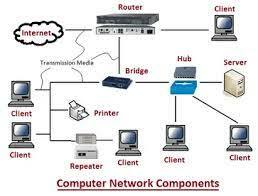
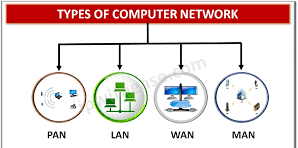
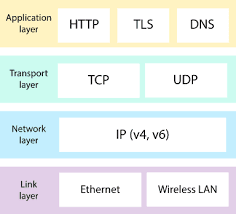
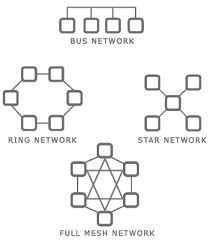
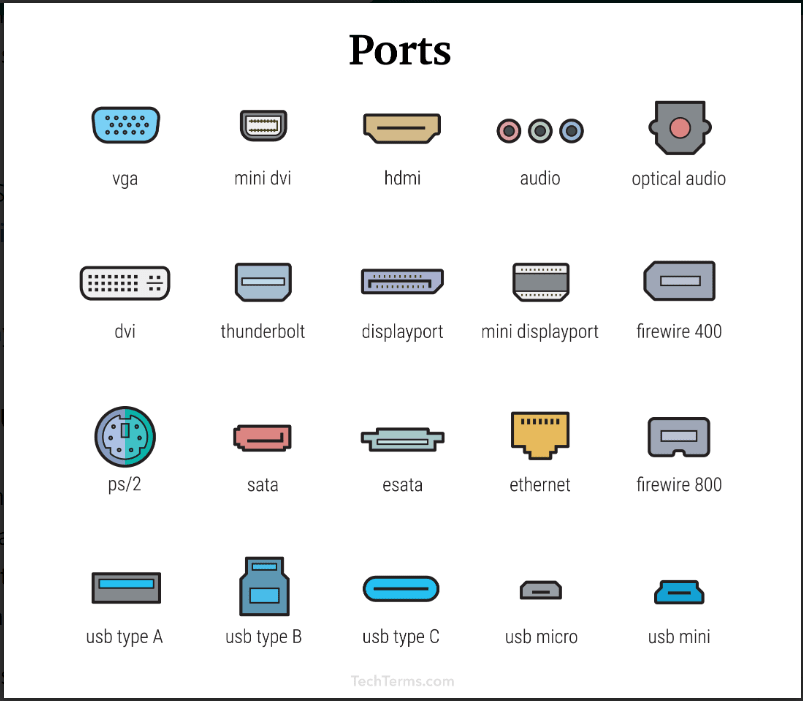
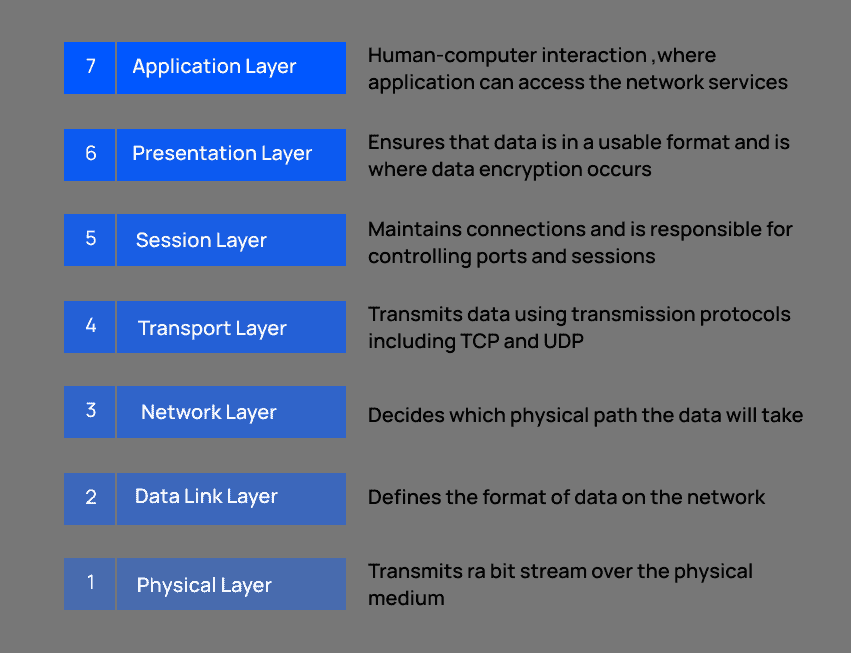





Latest comments (4)
Shiver ... got bored copy pasting text together?
Hii
nicee!! very informative🚀
Thank you
Some comments have been hidden by the post's author - find out more